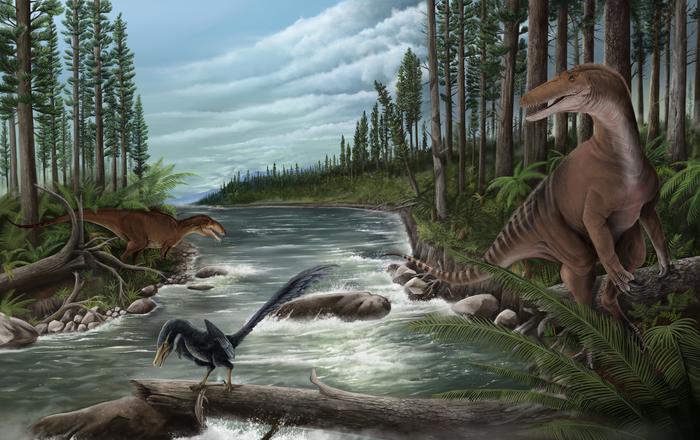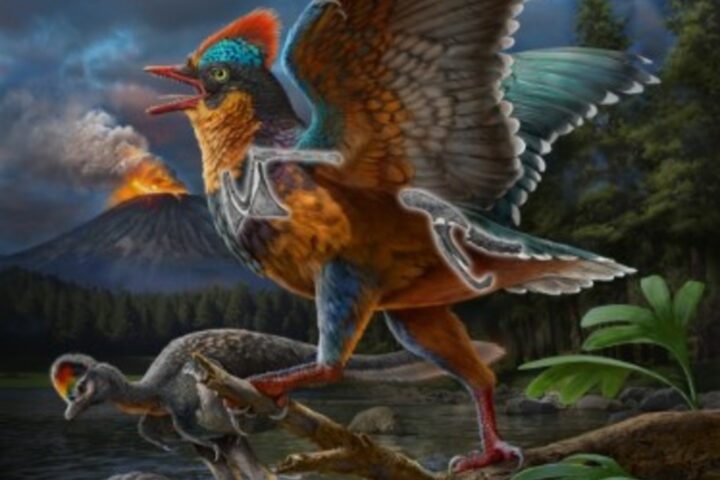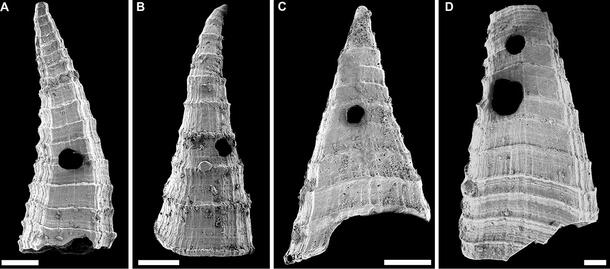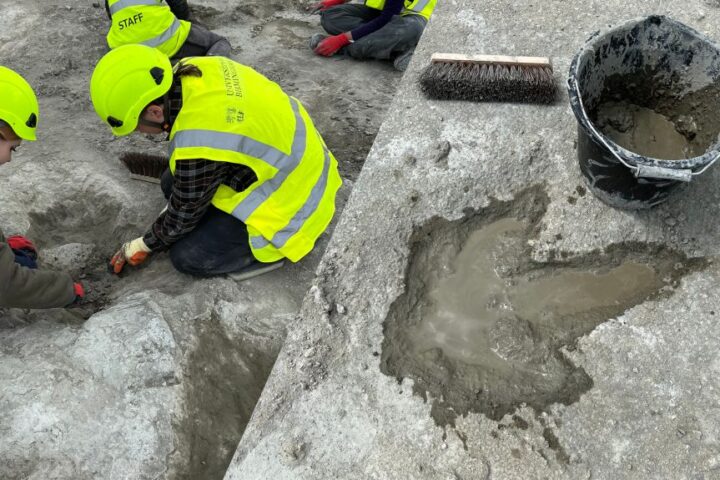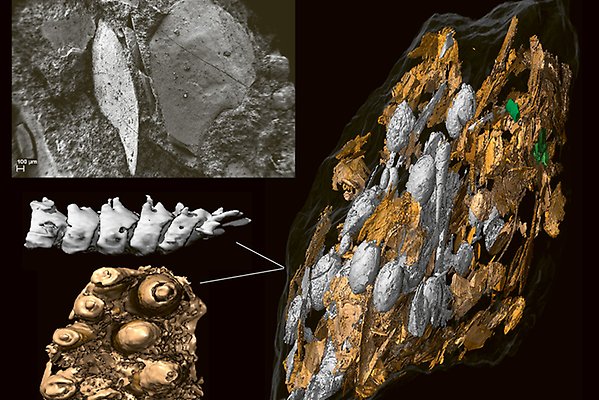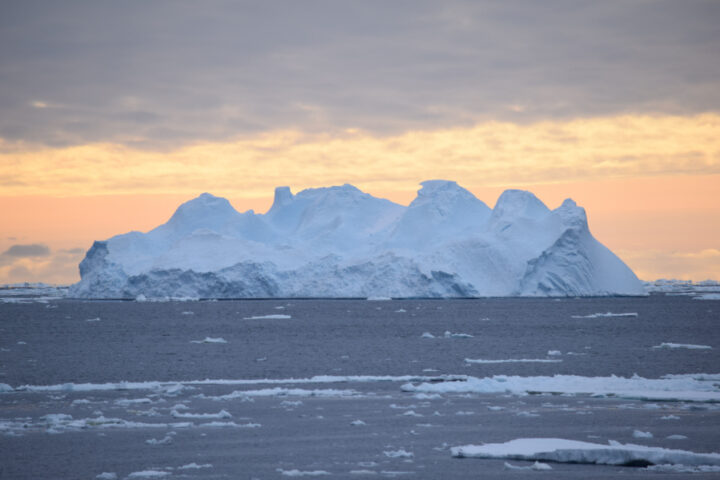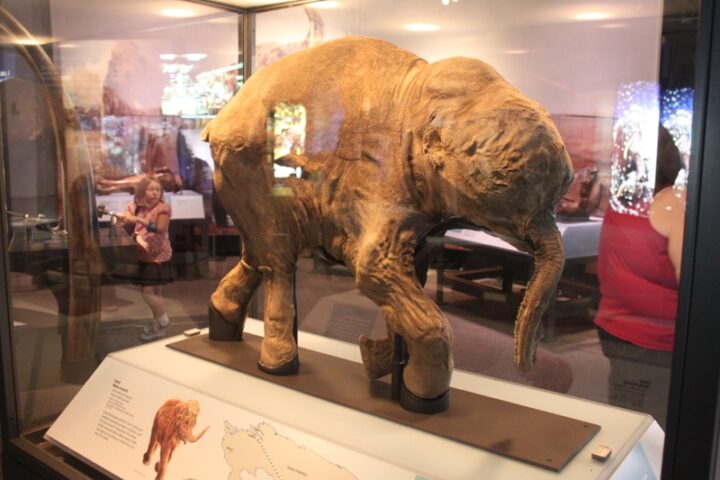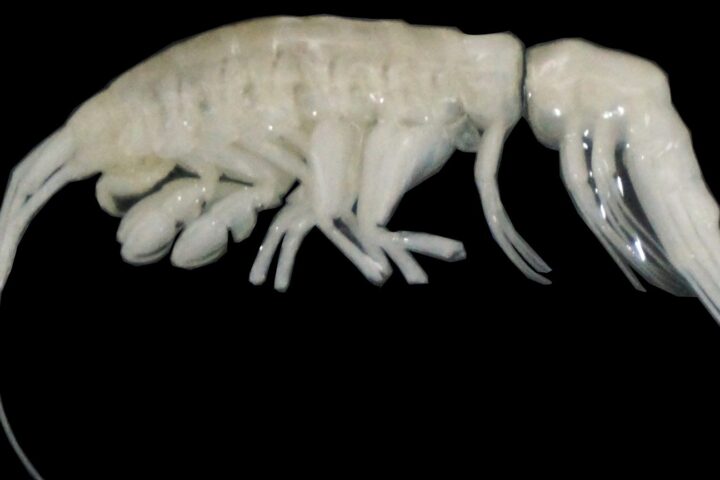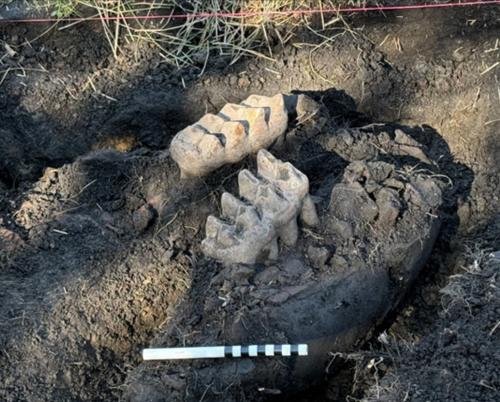Scientists have found new dinosaur bones in Victoria that tell a surprising story about Australia’s ancient predators. These fossils reveal that the meat-eating dinosaurs that ruled ancient Australia differed from those on other continents.
The research team found five fossils along Victoria’s coast, including bones from two types of large predatory dinosaurs. One type, megaraptorids, were large hunters about 6 to 7 meters long. The other type, carcharodontosauridae, were smaller predators measuring 2 to 4 meters in length.
“The discovery of carcharodontosaurus in Australia is groundbreaking,” says Jake Kotevski from Museums Victoria Research Institute. “In South America, these dinosaurs were enormous, as big as a Tyrannosaurus rex. But in Australia, they stayed smaller while the megaraptorids became the top predators.”
The bones come from rocks that are 121.4 to 108 million years old. This makes them the oldest megaraptorid fossils ever found anywhere in the world. They also provide the first proof that carcharodontosaurus lived in Australia.
Dr Thomas Rich from Museums Victoria Research Institute explains why this matters: “These fossils show that ancient animals could move between Australia and South America through Antarctica. This changes what we thought about how dinosaurs spread across the southern continents.”
Similar Posts
The discovery happened thanks to teamwork between scientists and volunteers. Melissa Lowery, a museum volunteer, spotted three of these important fossils while helping with the dig between 2022 and 2023. Her finds are part of a bigger project called Dinosaur Dreaming that has collected over 10,000 fossil bones and teeth.
These bones tell us that ancient Australia was unique. While giant carcharodontosaurus dominated South America, Australia developed its distinct ecosystem with different predators at the top. This happened because Australia was geographically separate from other continents, which logically would have influenced how its unique predator hierarchy developed.
Scientists continue to study these fossil sites in Victoria. Each new bone they find helps complete the picture of Australia’s prehistoric past. Visitors can learn more about these discoveries at the Melbourne Museum’s exhibition about Victoria’s ancient life.
The research appears in the Journal of Vertebrate Paleontology, adding important new details to our understanding of how dinosaurs evolved in different parts of the world.
